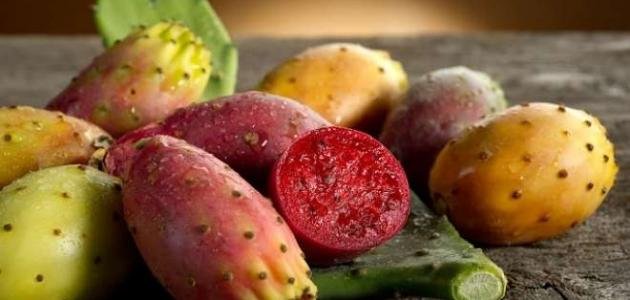Benefits of cactus

Cactus is best known for its spiny fig tree, a leafy plant of 1.5 to 3 meters long. Its legs are transformed into leafy stalks with small falling leaves. It has gray-green palladiums and leaves covered with thorns. Its leaves are also covered with thorns, [1] [2] Cactus grows in arid regions and originates in Mexico, and can be found in the United States of America, in the countries of the Mediterranean basin, in South Africa, in Australia, in Kenya, in Angola , Due to bear [2] The name of patience or cactus is also called on the spiny plants, such as the real aloe, which belong to the subgenic species, which are desert plants whose trunk is submerged and whose leaves are composed of a patient's fluid. These plants grow in tropical forests And the Arabian Peninsula. The summer season is usually the season of collection of leaves, and the drug of patience good smell and bitter taste, and has many health benefits, such as treatment of dermatology, sores and hemorrhoids, has aesthetic benefits and health of hair, it promotes the secretion of yellow matter, softening the intestine, and expels gases, [3] The nutritional value of cactus The fruits and stems of aloe vera contain sugar glucose, fructose sugar, ascorbic acid, fatty oil, a substance called tragacanth, calcium oxides, tannins, colored materials and yeast fermenting fruits. The value is not Food per 100 grams of cactus plant: [4] Food element Nutrient value 87.55 g Energy 41 Calorie protein 0.73 g Total fat 0.51 g Carbohydrate 9.57 g Fiber 3.6 g Calcium 56 milligrams Iron 0.3 milligrams Magnesium 85 mg Phosphorus 24 Milligram potassium 220 milligrams sodium 5 milligrams of zinc 0.12 milligrams of vitamin C 14 milligrams of vitamin B 1 (thiamin) 0.014 milligrams of vitamin B 2 (riboflavin) 0.06 mg of vitamin B3 (niacin) 0.46 milligrams of vitamin B 6 0.060 milligrams of folic acid 6 mg of vitamin B12 0 μg of vitamin A 43 IU benefits cactus for casting plant The Pharaohs used the juice to treat dysmenorrhea, to soften the intestines, and to treat wounds, burns and sores, including eye ulcers, and the benefits of Cactus is the following: [5] enhances the immune system because it contains antioxidant compounds and inflammation, and it stimulates the immune system to produce white blood cells, which play an important role in the secretion of prostaglandin in the blood; High anti-inflammatory effect. One of the benefits of cactus for the immune system is that it protects the body from the imbalance of free radicals and antioxidants known as oxidative stress; because it contains rare compounds called Petalines, and is a rich source. Promotes the nervous system because it contains minerals and vitamins that promote hormonal balance, which enhances and balances the functions of the nervous system. Blood pressure is regulated by its low content of salts, especially sodium and potassium. Protects the blood vessels from inflammation, and also treats the inflamed blood vessels, where the places of inflammation are appropriate places for the accumulation and hardening of fat, and cactus in turn contains cholesterol compounds, and polyphenols and sugary proteins act as an antioxidant that reduces the inflammation of the walls of blood vessels and protects. Lowers cholesterol levels and triglycerides in the blood; because of its fiber content and sterols, which in turn interact with the bile in the small intestine, reducing the triglycerides in the blood and lowering the level of cholesterol in the blood. Maintains the liver and promotes its functions. It contains antioxidant flavonoids, which fight free radicals and prevent them from affecting the liver and its functions. It also supports the process of absorbing fat and relieves the burden. Treats rheumatism, arthritis and associated pain. Lowers blood glucose levels because of low carbohydrate content, and contains dietary fiber and pectin, which in turn reduce the absorption of sugar in the stomach and intestines, and thus reduce blood sugar levels, and fiber gives a sense of fullness, which reduces the proportion of food consumed